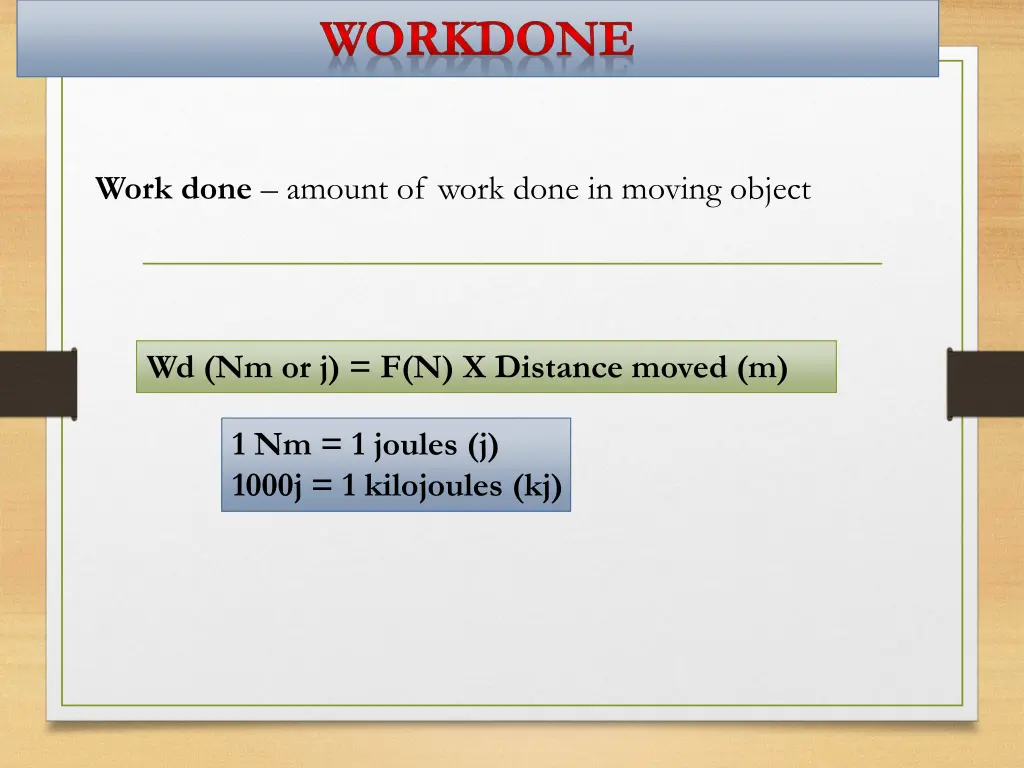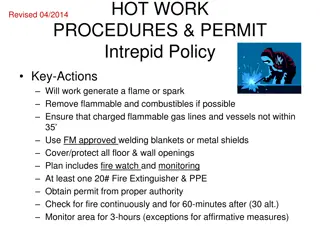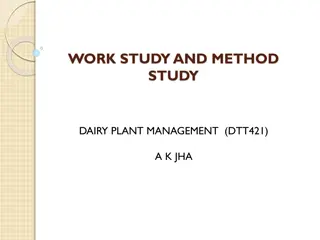
Understanding Newton's Laws of Motion and Work Done in Physics
Explore the fundamental concepts of Newton's laws of motion and work done in physics. Learn about the relationship between force, displacement, and work calculation. Understand gravity's role in acceleration and free fall.
Download Presentation

Please find below an Image/Link to download the presentation.
The content on the website is provided AS IS for your information and personal use only. It may not be sold, licensed, or shared on other websites without obtaining consent from the author. If you encounter any issues during the download, it is possible that the publisher has removed the file from their server.
You are allowed to download the files provided on this website for personal or commercial use, subject to the condition that they are used lawfully. All files are the property of their respective owners.
The content on the website is provided AS IS for your information and personal use only. It may not be sold, licensed, or shared on other websites without obtaining consent from the author.
E N D
Presentation Transcript
WORKDONE Work done amount of work done in moving object Wd (Nm or j) = F(N) X Distance moved (m) 1 Nm = 1 joules (j) 1000j = 1 kilojoules (kj)
Work was described as taking place when a force acts upon an object to cause a displacement When a force acts to cause an object to be displaced, three quantities must be known in order to calculate the work.
Those three quantities are force, displacement and the angle between the force and the displacement. The work is subsequently calculated as force displacement cosine(theta) where theta is the angle between the force and the displacement vectors.
Newton's Law of Motion Newton's laws of motion are three physical laws that, together, laid the foundation for classical mechanics. They describe the relationship between a body and the forces acting upon it, and its motion in response to those forces.
First Law In an inertial frame of reference, an object either remains at rest or continues to move at a constant velocity, unless acted upon by a force i.e. a body with zero net force acting upon it does not accelerate; that is, such a body is at rest or moving at a constant velocity.
Second Law In an inertial frame of reference, the vector sum of the forces F on an object is equal to the mass m of that object multiplied by the acceleration a of the object: F = ma. (It is assumed here that the mass m is constant
Third Law When one body exerts a force on a second body, the second body simultaneously exerts a force equal in magnitude and opposite in direction on the first body.
Gravity acceleration of an object in vacuum without any drag. This is the steady gain in speed caused exclusively by the force of gravitational attraction. Gravitational acceleration is the free fall
Example: Suppose that a force of 80N is used to move an object distance of 5m. 5m 80N Wd (j) = F (N) X dm (m) = 80 N X 5m = 400j
Example 2: The force at the point of shaping tool when it is cutting is 1500N and the length of the cut is 200mm. How much work done during one cutting stroke? Given: F = 1500 N Dm = 200mm = 200mm/1000mm /m = 0.2m Wd(j) = F (N) X dm (m) = 1500N X 0.2m = 300j
Work done by lifting an Object: Wd (j) = Weight of an object X Vertical height (m) Example: A casting has a mass of 20kg. Calculate the work done in lifting it through a height of 8m. Given: Weight of casting = 20kg X 9.81 = 196.2 Height = 8 m Wd (j) = 196.2N x 8m = 1570j
Work done by rotating force: Wd(j) = 2 X N X t N = # of revolution Torque (t) = F(N) x r (radius) Example: In order to tighten a nut force of 50N is applied at a distance of 150mm from the axis of the nut. If the spanner is rotated through 8 revolution how much work has been done in tightening the nut. Given: T = F X r = 50 N X 150mm /1000mm/m = 7.5Nm or j N = 8 rev Wd (j) = 2 X N X t = 2 X 8 X 7.5j = 377j
Work done by cutting a metal: Wd(j) = 2 X N x t Example: The vertical cutting resistance at a lathe tool is 2000N and the work is 50mm diameter. If the work makes 80 revolution find the work done. Given: N = 80 F= 2000N, r = 50mm/2 = 25mm T = F X r = 2000N X 25mm /1000mm/m = 50Nm Wd (j) = 2 X N X t = 2 X 80 X 50Nm = 25140j or 25.14kj






















